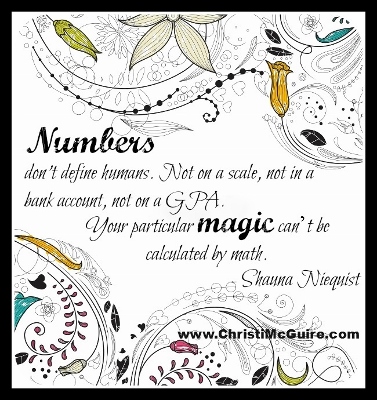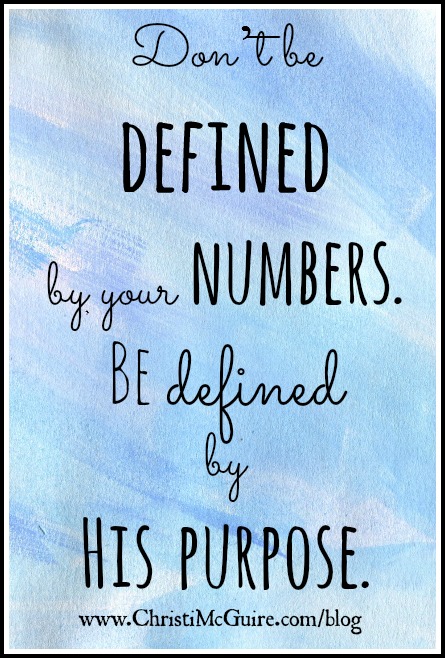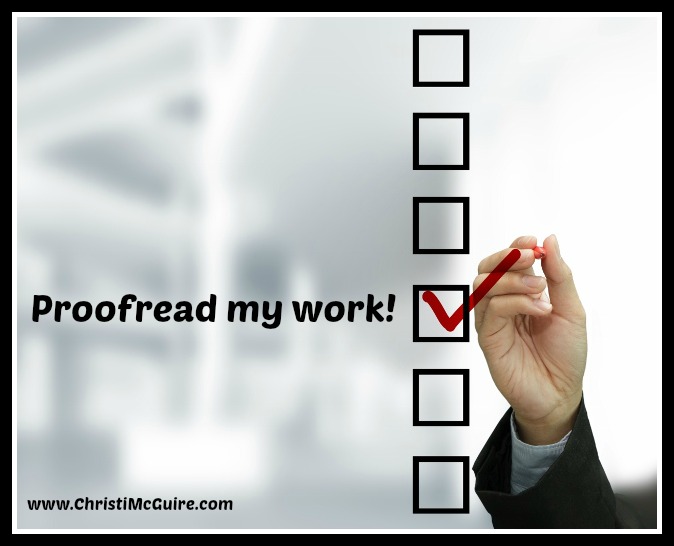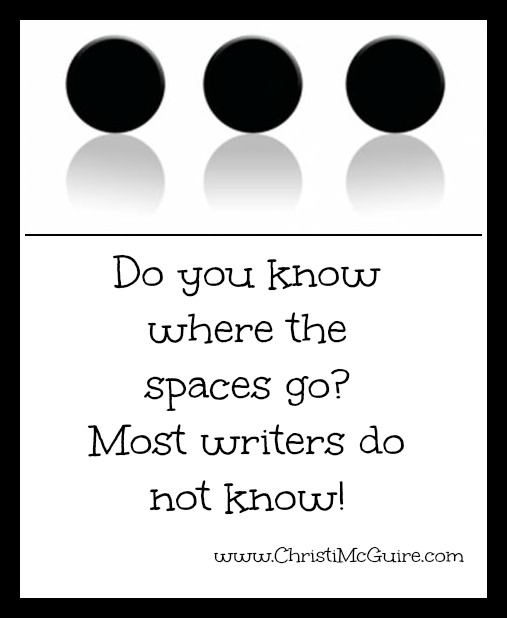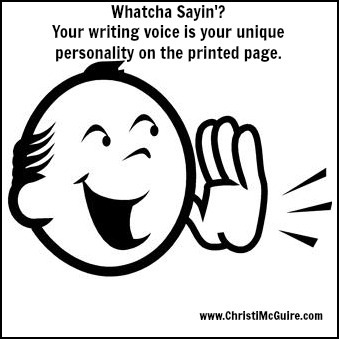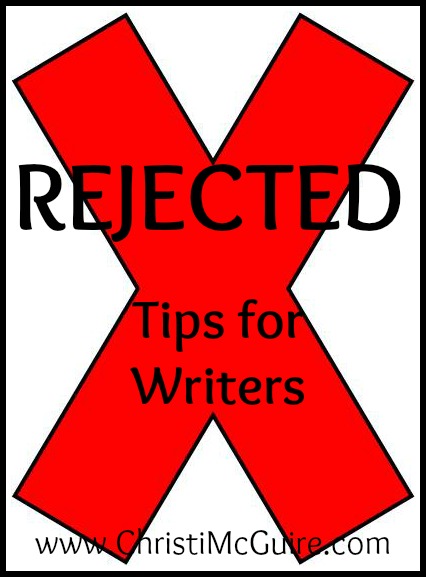She’s right.
Shauna Niequist is so very right.
We are not defined by numbers. We are more than a math equation. More creative than calculus. More excellent than exponential notations. (Okay, that’s about all the math terms that I know.)
I needed to read this quote. Because lately, wherever I turn, my life is dictated by numbers. The entire publishing industry has changed from writing books to creating numbers. What do I mean by this?
One word: PLATFORM
Number of Facebook friends
Number of Twitter followers
Number of Pinterest re-pins
Number of blog subscribers
Numbers, numbers, numbers!
If your social media numbers don’t add up to a big, gigantic, impressive number … then probably no book deal for you.
Is platform everything in publishing? Yeah, it pretty much is. Are there those rare instances of authors not having a platform and getting publishing? Sure, but that is being more and more scarce.
And I understand—agents and publishers want to guarantee they are making their returns when they invest in authors. In today’s economy, authors must prove they have an audience, guaranteed sales, long-term success.
I get it. I really do. But it gets exhausting.
Consuming. Disappointing. Depressing.
Eventually, I can feel like all my worth, value, credentials is summed up in one NUMBER.
Do you ever feel that way? (Go ahead, admit it.)
Our magic can’t be calculated by math. You are more than a number. Whether you struggle with feeling like the number on a scale, the number of your 401K, or the number of your platform (or the lack of numbers of your platform), you are so much more than that.
God didn’t create a number. A figure. A robot. A calculation. He created you.
You are His CREATION.
You were created by the Creator. In turn, you create. You create magic every day when you write, edit, rewrite, proofread, blog, market, sell, encourage, challenge, change, discover.
How? How can that be?
Mary DeMuth made an excellent point in a recent Webinar on how to Pinterest. She said: “It’s not who follows you that is important. It’s who follows the ones who follow you.”
Did you get that?
Your numbers may not be astronomical. That’s okay. Jesus had 12 disciples. That’s pretty pitiful in today’s Social Media terms.
But what did those 12 followers do? They changed the world. They influenced others, who influenced others, who influenced others. And today, there are millions of Christian believers around the world.
It’s not the numbers of your platform—it’s what you do on your platform and how you encourage and influence others to encourage and influence others.
One writer friend confided that she was discouraged when she put her heart, soul, time, energy into a blog series that wasn’t getting much feedback. I understood—been there, done that! But the next day, an acquaintance from long ago commented that the blog series had encouraged her to spend more time with her son. In fact, she bought her son a Bible for them to read together.
ONE.
One person might have been the only numbered outcome of her efforts. But oh, how did my writer friend change eternity with that ONE person?
Are you looking at your writing, blogging, publishing, and marketing with earthly eyes focused on numbers?
Or are you looking at your work with eternal eyes—how you can change eternity through ONE person at a time?
God changed the world—all of eternity—with ONE person: JESUS.
Forget about being defined by your social media numbers. Focus on the power of ONE. Be encouraged that your efforts in influencing one person can multiply into big numbers—numbers you may never even know on this side of heaven.
Don’t be defined by numbers. Be defined by purpose. Your purpose. Eternal purpose. God’s purpose in you.
* * * * *
Are you looking for a professional editor for your manuscript or book proposal? Check out the SERVICES I offer for editing, proofreading, and consulting!
©2011- 2016 Christi McGuire. All Rights Reserved.

